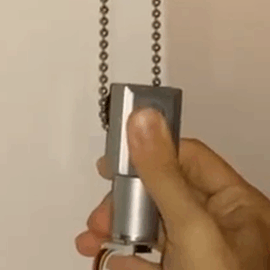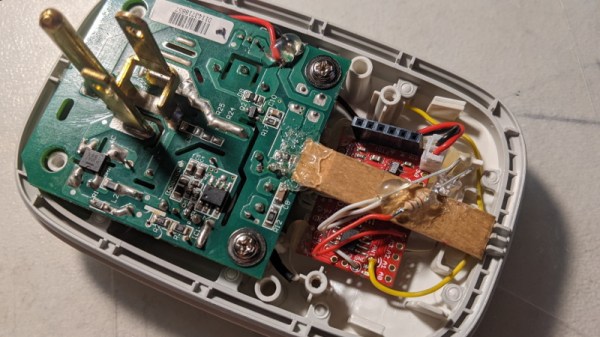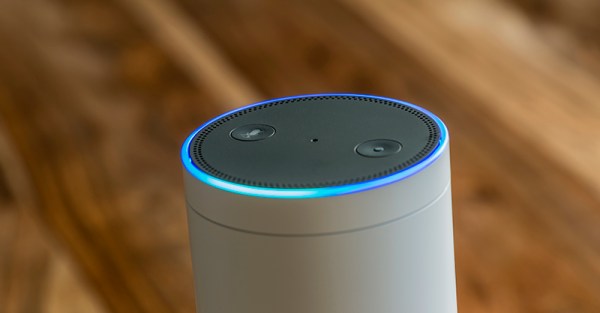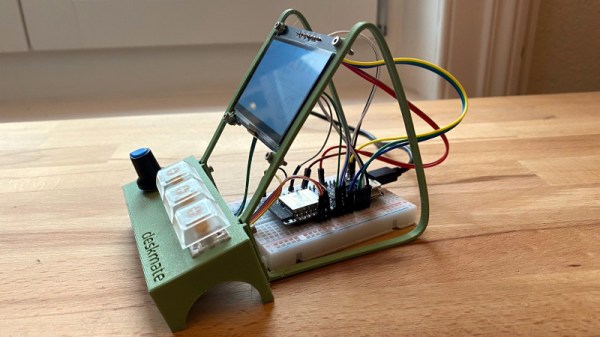Growing fresh vegetables at home is a popular pastime, even moreso in a year when we’ve all been locked inside. However pests can easily spoil a harvest, potentially putting a lot of hard work down the drain. [Matt] of [DIY Perks] isn’t one to give up his tomatoes without a fight, however, and came up with a solution to protect his plants.
The trick is to take advantage of the mildly conductive slime excreted by snails as they travel along the ground. To protect potted plants, [Matt] places two strips of copper tape around the perimeter of the pot, spaced about a centimeter apart. Each strip is connected to one terminal of a 9 V battery. When a snail attempts to cross the strips, it completes a circuit between the two, and the electrical current that flows irritates the snail, forcing it to retreat.
[Matt] notes that no snails were harmed in the making of the video, and that the solution is far kinder to the slimy critters than poisons or traps. He also goes so far as to demonstrate alternative solutions for garden beds, as well. We’ve more commonly seen [Matt] working with lighting, though it’s great to see he has a bit of a green thumb, too. Video after the break.




 The main part of this build is a motor and a ball chain gear – a wheel that captures the balls of a ball chain so that the chain can be pulled. The wheel was designed using Fusion3D and then printed out. The motor requires enough power to pull the chain — [HumanSkunk87] figures it needs to be able to pull about 2.5kg in order to raise the blind. After giving up on stepper motors, a DC motor with a worm gear was found to have enough torque to work. A WEMOS D1 Mini controls the motor controller that drives the ball chain wheel. Two micro switches tell the WEMOS when to stop at the bottom and top of the window.
The main part of this build is a motor and a ball chain gear – a wheel that captures the balls of a ball chain so that the chain can be pulled. The wheel was designed using Fusion3D and then printed out. The motor requires enough power to pull the chain — [HumanSkunk87] figures it needs to be able to pull about 2.5kg in order to raise the blind. After giving up on stepper motors, a DC motor with a worm gear was found to have enough torque to work. A WEMOS D1 Mini controls the motor controller that drives the ball chain wheel. Two micro switches tell the WEMOS when to stop at the bottom and top of the window.












